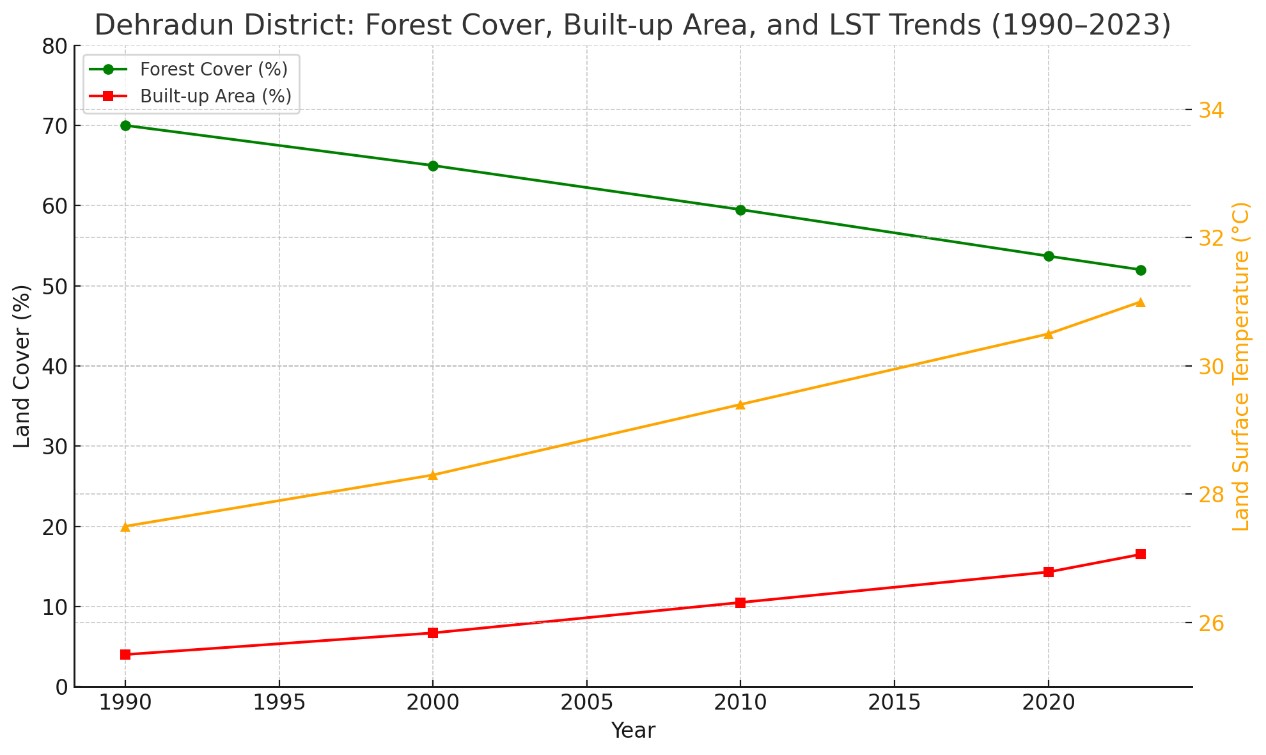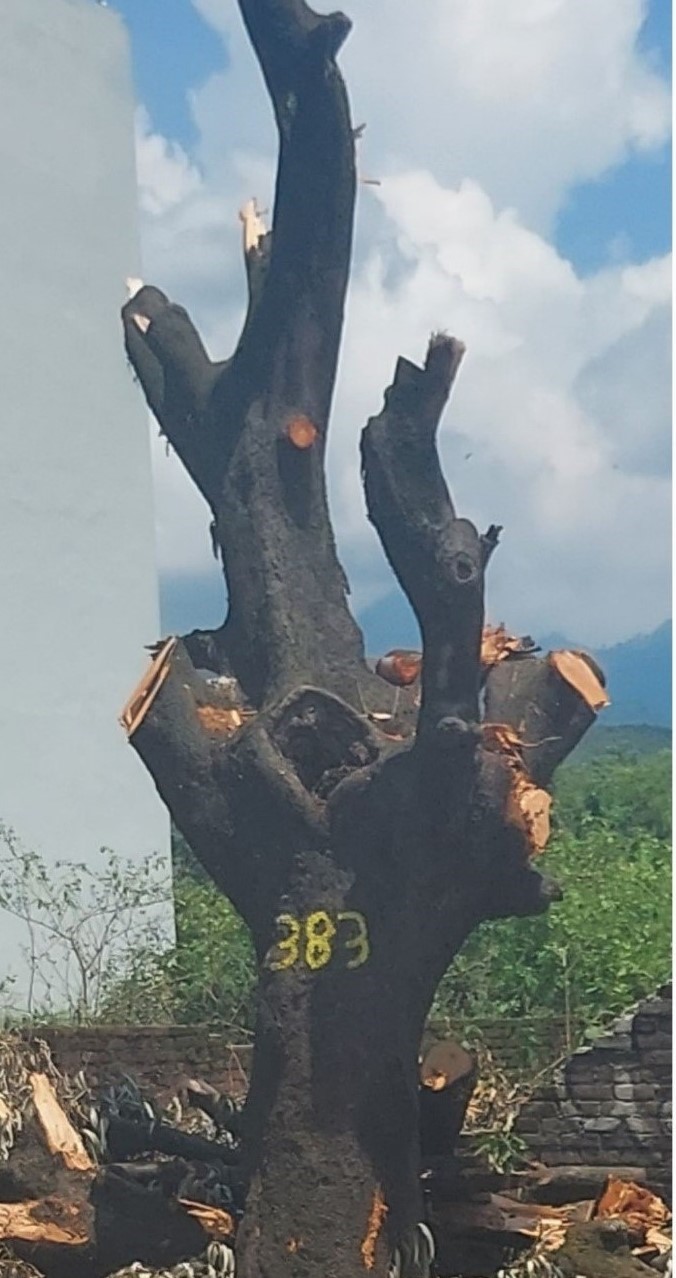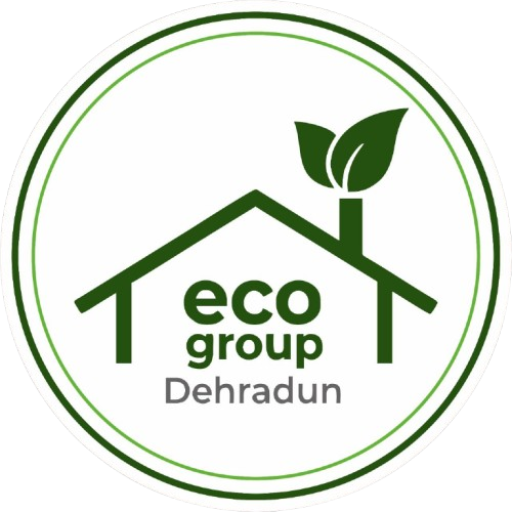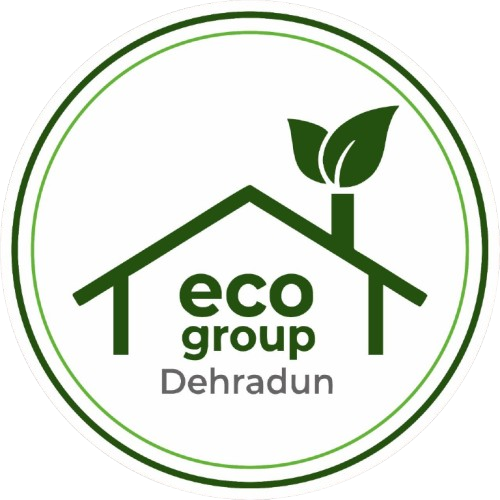Enhancing greenery in Dehradun: A dire need
Dehradun, once a verdant valley teeming with rich biodiversity, has sadly witnessed a significant decline in its lush greenery especially after becoming capital of Uttarakhand. The city’s natural beauty, characterized by surrounded dense forests and vibrant flora, has given way to scattered remnants of its former glory. Rapid urbanization and unplanned infrastructure development have taken a toll on the city’s ecological balance, leading to widespread deforestation and habitat loss. Rapid urbanisation was accelerated due to migration from other states for relishing pleasant weather of Dehradun throughout the year and also migration from within the Uttarakhand primarily due to lack of infrastructure and basic facilities in Uttarakhand hills, prevailing acute unemployment conditions and other migration related issues. As a result, over the years. Dehradun’s unique biodiversity took a toll and threat is still looming large with many development projects are in offing in and around city.
Rapidly reducing greenery in Dehradun has caused a wide spread environmental degradation such as increased pollution, with Air Quality Index hovering more than hundred during most of the time during year, formation of many heat islands within the city and decreased rain water absorption causing lowering of ground water level. Once upon a green city like Dehradun which could have put up a strong fight to mitigate climate change effects is now struggling to maintain its comfortable ambient temperature and is now experiencing heat waves, humidity and other extreme weather events. This development has also caused unprecedented sale of Air Conditioners in addition to significantly running of air conditioning in vehicles, further emitting heat in atmosphere. This is a recent phenomenon as Dehradun though faced short spells of Summer, never needed air conditioners for comfort from temperature and humidity. These reduced green spaces have led to habitat loss for local wildlife, birds and decreased ecosystem services too.
Additionally, there have been continuous attempts and severe threats to reduce thick greenery of reserved forests either through building linear projects such as roads or other utility structures or silent encroachments without consideration for survival of wildlife. A such attempt, which got wide attention, was recent incident of illegal construction in Khalanga Reserved Forest.
Statistically, Forest Cover Land Surface Temperature (LST) in urban area of Dehradun has risen by 3.5°C from 27.5°C to 31°C with Built-up Area has grown fourfold from just 4% in 1990 to 16.5% in 2023 primarily at the expense of natural land, indicating intensifying heat-island effects due to deforestation and urbanization.

City-scale NDVI (Normalized Difference Vegetation Index), which is a simple graphical indicator that can be used to analyse live green vegetation, carried out from 1999 to 2019, indicated that High-NDVI (dense greenery) area dropped from 10% (1999) to 3.7% (2009) & further to 0.6% (2019). In absolute terms, around more than 18,738 trees have already been felled in and around Dehradun for major infrastructure projects such as the Delhi–Doon expressway, widening of Sahastradhara Road, Premnagar–Paonta highway, Purkul–Kimadi motor road, Smart City efforts, and the Chamasari–Barlowganj route. And the threat does not end here. A look at a future Tree Felling estimation clearly indicates that more than 60,000 trees are slated to be felled for upcoming infrastructure work, including projects like the Song Dam, the Asharodi–Jhajhra road widening, the Bhaniawala–Rishikesh stretch, Raipur-Thano-Airport Road widening and the Airport expansion. Urban footprint has spread into the surrounding Shivalik foothills too. From 1991 to 2018, Dehradun’s municipal area grew from 34 to 100 wards – translating into scattered settlements creeping into once-forested zones near Rajpur, Malsi & Jhajhra.
Another reason for reduced greenery within Dehradun is excessive use of mechanical excavators by working agencies for laying sewer, pipelines, cables, drains etc. which are significantly damaging the roots of trees, a process termed as Silent Erosion which otherwise should have been done manually around the roots with due care. Coupled with all round tiling on footpaths leaving no gaps around trees is causing uprooting of trees or its weakening. During strong storms, when some of these falls causing damages to vehicles and rarely, loss of lives, then blame is levelled upon tress, leading to their further felling without probing deeper into the root cause.
There are also unwise moves by Administration to convert lush green areas and orchards by land use change. A saddening example is conversion of a City Forest such as Tarla Nagal once thriving with wildlife, birds and many medicinal trees, to City Park, probably for housing the affluent residents in posh apartments mushroomed around this forest. Irony is that MoEFCC is now insisting for creating mini forests within the city all across nation whereas Dehradun has done exactly contrary to it.
Notwithstanding this considerable scourge of greenery, concerted efforts are needed to restore natural splendour and preserve environmental heritage of Dehradun valley. This requires strategic planning and a sustained approach for providing green spaces within the city by earmarking dedicated land banks to mitigate the urban heat island effect. Direct benefits of Green Spaces would result in effective temperature reduction since vegetation and trees can lower surface and air temperatures through evapotranspiration. As already well known, shaded surfaces can be 11-25°C cooler than unshaded ones. Also, there would be a definite improvement in Air Quality Index since green spaces absorb pollutants and store carbon dioxide. Also, this vegetation will absorb and filter rainwater, reducing runoff, improving water quality and contributing to natural stormwater management.
Considering this, there is an urgent need to balance infrastructure growth with environmental conservation. In line with the 3R (Reduce, Reuse & Recycle) approach for waste management, a 3A (Avoid, Alternative & Afforestation) approach for enhancing greenery can be adopted.
To elaborate, since many residential projects are being further planned which might be avoided by reviewing the requirement of housing critically. In the garb of acute housing, there seems to be multi-possession of flats by affluent class. If deeply looked into, it might lead to inflated figures of housing requirement thus reducing land requirement.

chopped before transplantation
Similarly for road projects, it seems that more and more forests are being bifurcated in the name of projected higher vehicular traffic. Sahastradhara Road trees were felled for catering to accommodate higher vehicular traffic. Now elevated road project over Rispana & Bindal rivers is being planned which makes one question the necessity of felling Sahastradhara Road trees. Undoubtedly, if judicious consideration is given to find better alternatives and alignments then perhaps there may be saving of substantial amount of greenery. In case road is not avoidable then one can think of transplant trees with best practices in place. The past experience of transplantation in Dehradun in spite of FRI supervision was a huge failure since the best practices were not followed. While occasional success stories validate that transplantation can work, overall effectiveness in Dehradun remains highly dismal. Survival rates hover around 10%—far below a reliable replacement method for mature trees. Only well-funded, expert-led efforts with long-term care might show higher success. Without improving these parameters, transplantation is no substitute for preserving existing trees for long-term.
Afforestation efforts in Dehradun are underperforming in terms of actual survival. Structural issues—such as fund misuse, delays, and poor planning—are the main obstacles. However, localized initiatives and community-led efforts offer hope, demonstrating that with proper governance and citizen engagement, green cover can genuinely expand. Tighten financial controls, select suitable land and species, aligned with land ecology, sincerely Implementing aftercare such as watering, protection, and monitoring for at least 2–3 years, will help Improve Afforestation.
Further to reduce heat islands, more & more mini forests, parks and gardens may reduce temperatures by 2-3°C in their immediate surroundings. Urban Forestry Initiatives such as Planting deciduous trees or vines to the west of buildings can be most effective for cooling, especially if they shade windows and part of the building’s roofs. Green Roofs and Walls increase thermal insulation and can lower ambient temperature inside buildings significantly thus reduce the need for air conditioning.
Tree Planting would remain best option for all perils of deforestation. Also, a very important initiative which must be taken by Government in association with Forest Research Institute, is to urgently conclude census of all remaining trees in Dehradun so as to keep them safe from axing on flimsy grounds.
Hence, enhancing greenery in Dehradun has to be on top priority for all departments under Government for reducing not only heat islands but also to fight climate change.

Ashish Garg
Climate Change Educator & Environmentalist
Founder member
EcoGroup Society, Dehradun
Ashish Garg is actively involved in imparting environmental awareness to citizens & young students
as well as implementing the best waste management practices in Dehradun.

